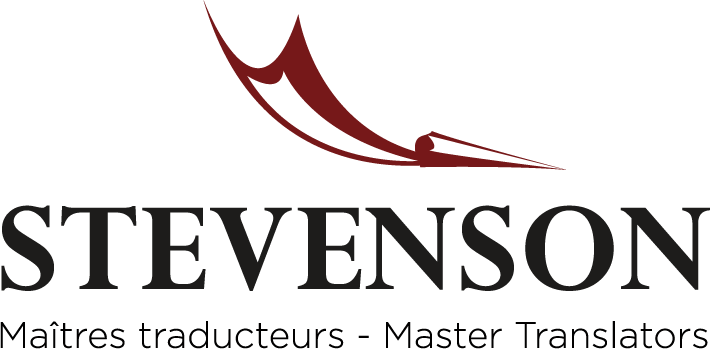
Who is My Target?
This blog is about one aspect that translators have to take into consideration when working with a text. When translating we are trying to convey the same ideas as the original author, but we must also think about the target audience. Who is the text aimed at?
When translators receive a text, they take a look at the material and get an idea about the content and the audience that the author wants to speak to. Determining this is very important for the piece and is a good reason to have a professional translator work on a text. The dreaded machines from the Matrix can’t handle these nuances. This task is relatively easy for a human translator, while some automatic translators simply eat individual words –out of context—and spit them back out in a rearranged mess spraying like a tommy gun in old films hitting anything, everything, and nothing that may be a target.
When working with a marketing text, the translation must have a “buy me” attitude to make the product shine and convince you that the world is going to be hard to live in without this magical product sitting in your room fulfilling your dreams and wishes until the end of time.
Think about software, for example. There are a myriad of buzzwords repeated on practically every web page describing software that are intended to make you feel this is the best, finest, superior, optimized, enhanced, improved, fastest, in the realest of time, accurate, most efficient and effective program you will ever have the pleasure to use. If we could leverage the precision of real time monitoring to geo-locate our human and material resources to actively intercommunicate adjusting methods and strategies in the field while collaborating on a highly complex, cross platform, technologically advanced, centralized management system, maybe we could sleep better at night….
These are the ideas and words that the translator must have in mind when working with such a text. If it just said, “Buy me, I’m pretty good,” it may not have the same selling power. But this also works in reverse. Sometimes a text requires translating in simple language. We can’t apply the same complex language to a text that is not complicated. If I say, “The petrified fleeing feline camouflaged itself in the depths of the coniferous tree,” and it’s a children’s book, the target audience may not realize all I’m saying is, “The scared cat hid in the tree.”
Children’s books must speak to children. Flamboyant vocabulary used in a text for seven-year-olds won’t really hold their attention for too long. The same applies for each type of source text with translations intended for the right audience. User manuals need to convey ideas clearly and simply so the user can easily manage the new tool they are working with. Over complicating instructions will leave the user massively frustrated and maybe not capable of learning whatever is required to get to the next step. Scientific texts designed for the public have to be translated in a way that the average person can grasp, while scientific text for scientists must be written with precise language and vocabulary used in the field of expertise or it won’t be interesting to someone with deep knowledge of the subject.
To summarize, the same approach cannot be applied to every text. I have to adjust my language and vocabulary while translating based on the audience the author is speaking to. I can’t always show off how many words I can come up with on a given topic, but I do have to search and discover as many new specific words as possible when I have no idea about a particular subject referencing nuclear astrophysics that some team in the Ukraine has dedicated the last ten years to researching and is now unveiling to the world. I’ll probably try to avoid a translation starting with “The boys in white jackets found some stuff that’s cool.”
Kevin Coughlan, Senior Translator for Stevenson & Writers


Leave a Reply